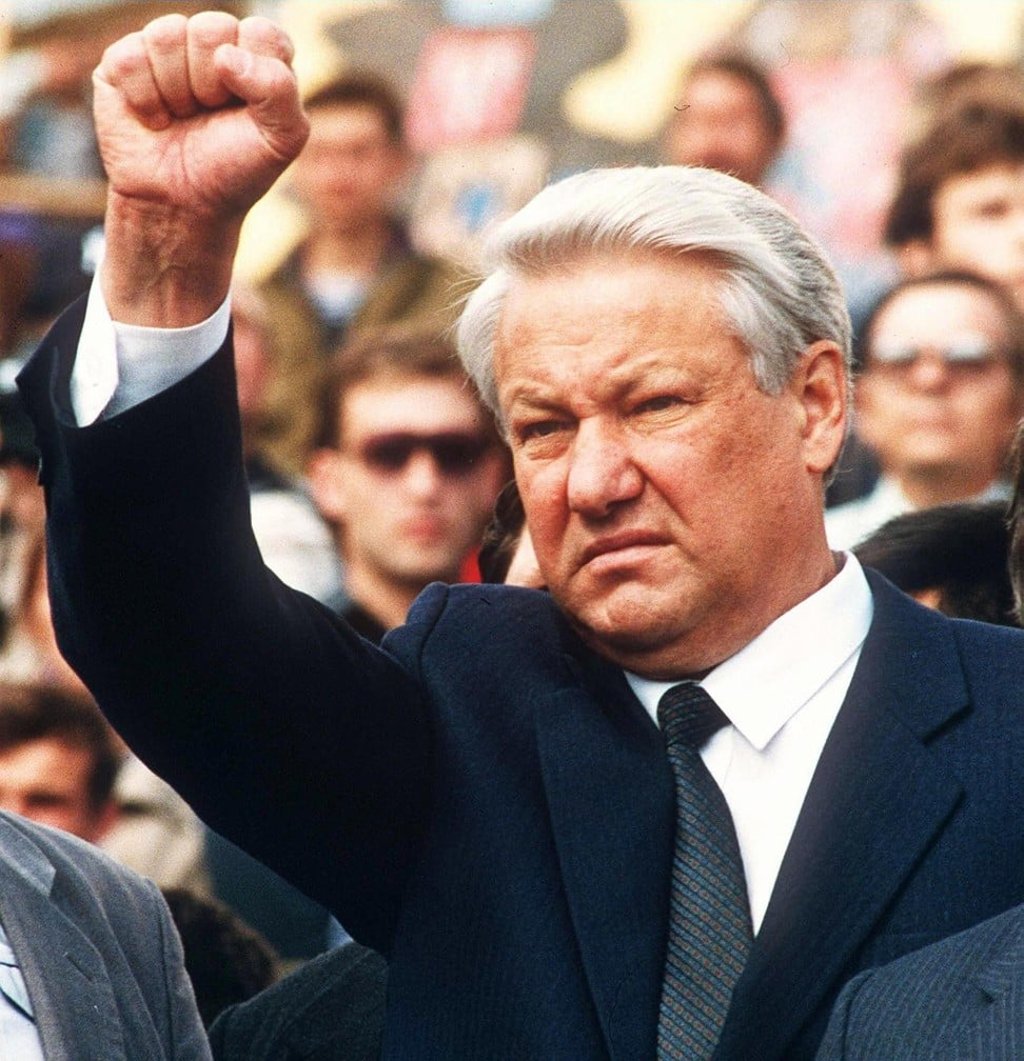Opinion | America should worry about an existential threat, and it’s not China
- Vasilis Trigkas says China today is grappling with many complex problems it has yet to solve, and that will undercut any hegemonic aspirations it may have
- US fears of a ‘Chinese invasion’ is a reminder of its paranoia about the Soviet Union during the cold war. Washington should look elsewhere for what ails it

A radio broadcast of Orson Welles’ The War of the Worlds in 1938 provoked panic across the United States about an imminent Martian invasion. “The war of the worlds” could be the subtitle for a plethora of alarming policy reports and statements coming from Washington DC, referring to a Chinese “invasion”, not a Martian one, in US politics and its technological ecosystem.
Yet, apart from China’s alleged tactical and operational offensives against the US – which could be addressed by targeted countermeasures – does Beijing really constitute an existential strategic threat for America? Will we all soon be paying tribute to the Son of Heaven of a rejuvenated and all-powerful red Celestial Empire leapfrogging the West into technological oblivion?
Flashback to 1979, when US president Jimmy Carter declared a crisis of confidence in an address to the people. Months earlier, CIA analysts had said the Soviet Union was twice as strong as the US. Even as early as the 1950s and 1960s, the Soviet Union was seen as an all-powerful industrial machine. Politicians and economists even proclaimed that a one-party communist regime may be capable of materially outperforming Western democracies. By 1991, all the Cassandras were proved wrong.

China’s TFP growth has faltered in the post-2008 period. The massive stimulus that Beijing unleashed in the wake of the global financial crisis saved the global economy and preserved the growth rate, but undercut domestic productivity improvements. The meteoric rise of investments as a percentage of gross domestic product has even led to China’s output-to-capital ratio (the wealth produced for every dollar invested) falling below that of the US – a paradox, as developing countries usually have higher untapped potential in greenfield investments.
